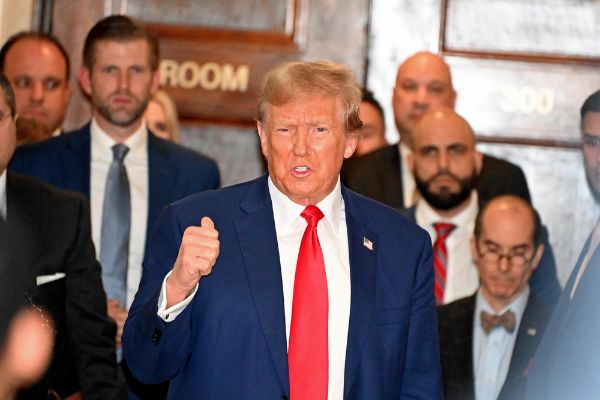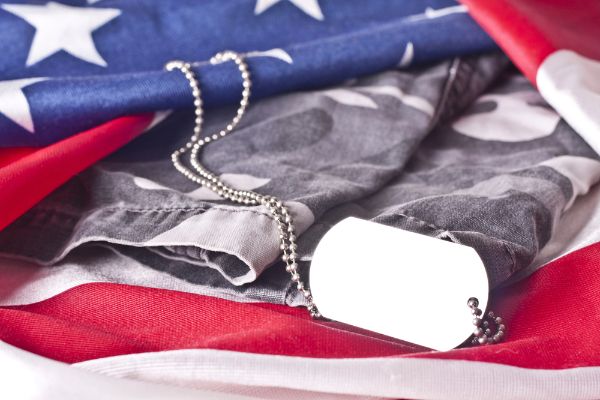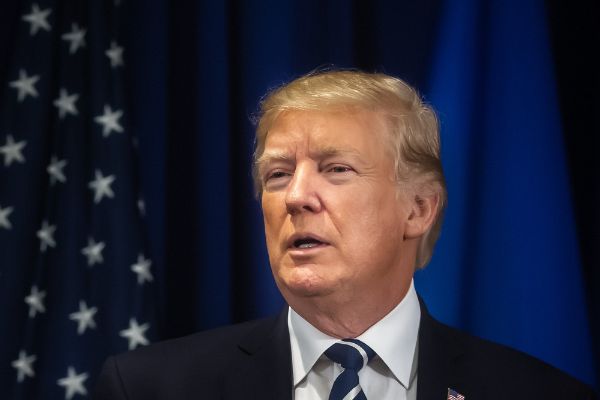Vice President Kamala Harris announced the allocation of three quarters of a billion dollars to secure new red flag legislation during her Saturday speech from Marjory Stoneman Douglas High School.
On February 14, 2018, a gunman entered Marjory Stoneman Douglas High School and murdered 17 students and faculty members with a lawfully acquired handgun.
After viewing the area of the school where the incident took place, Harris reportedly made two announcements, according to UPI.
The first piece of news is that the Biden administration will be allocating $750 million to establish a resource center for National Extreme Risk Protection Orders.
In the second statement, the speaker urged state legislatures to pass red flag laws using federal funds. According to Harris:
“The basic idea behind red flag legislation is to provide communities with a way to communicate their concerns about possible danger or an individual’s cries for help in a timely manner, ideally before a catastrophe happens. Present today, in part, is to issue a challenge to each and every state to enact a “red flag” statute.
Giffords claims that Harris omitted the fact that in 2014, California passed a red flag statute. But in terms of “active shooter situations” in 2021, according to FBI statistics, California was number one in the US.










